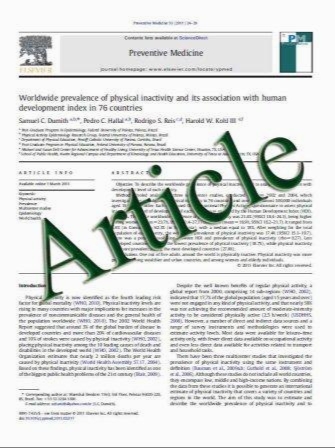High TIMM17A expression is associated with adverse pathological and clinical outcomes in human breast cancer
- نوع فایل : کتاب
- زبان : انگلیسی
- مؤلف : Mohamed Salhab Neill Patani Wen Jiang Kefah Mokbel
- چاپ و سال / کشور: 2010
Description
Background Mitochondrial dysfunction can be associated with genomic instability and has been implicated in the pathogenesis of several human malignancies, including breast cancer (BC). The mitochondrial protein, translocase of inner mitochondrial membrane 17 homolog A (TIMM17A) contributes to a pre-protein import complex, essential for mitochondrial function. In this study, TIMM17A mRNA expression was evaluated in benign and malignant breast tissues and correlated with pathological and clinical outcomes. Methods Breast cancer tissues (n = 127) and normal tissues (n = 33) underwent RNA extraction and reverse transcription, transcript levels were determined by using real-time quantitative PCR and normalized against CK19. Transcript levels were compared and then analysed against tumour size, tumour grade, oestrogen receptor (ER) status, nodal involvement, TNM stage, Nottingham prognostic index (NPI) and clinical outcome over a 10-year follow-up period. Results Compared to normal tissue (mean transcript level = 12.7), TIMM17A mRNA expression was higher in BC (62, p = 0.006), TNM-1 (37.9, p = 0.05), TNM-2 (114, p = 0.034), NPI-2 (81, p = 0.041), patients with progressive disease (169, p = 0.017) and those who died from BC (179, p = 0.026). Expression increased with tumour grade; grade 1 versus 2 (12.1 vs.70, p = 0.007), grade 1 versus 3 (12.1 vs.73, p = 0.065, [not significant] NS) and grade 1 versus 2 and 3 (12.1 vs. 72, p = 0.0048). Higher transcript levels were associated with ER-a positivity (94 vs. 31.6, p = 0.073, NS) and ER-b negativity (82 vs. 16, p = 0.015). Nodal positivity was significantly associated with higher transcript levels (101 vs. 28.1, p = 0.046). Compared to disease-free patients (mean transcript level = 24.6), TIMM17A expression was significantly higher in those with progressive disease and patients who died of BC (179, p = 0.037). Higher transcript levels were significantly associated with poorer overall survival after a median follow-up of 10 years (p = 0.010). TIMM17A expression emerged as a strong independent predictor of overall survival in multivariate analysis (p = 0.033). Conclusion TIMM17A mRNA expression is significantly associated with unfavourable pathological parameters including tumour grade, nodal positivity, TNM stage and NPI; in addition to adverse clinical outcomes such as progressive disease, disease-free and overall survival. TIMM17A offers utility as a prognostic marker and a novel mitochondrial target for potential therapeutic strategies.
Breast Cancer DOI 10.1007/s12282-010-0228-3 Received: 14 June 2010 / Accepted: 1 September 2010 The Japanese Breast Cancer Society 2010


